Do you ever look at your neighbor’s lawn and wonder why their grass looks so much greener than yours and what you can do to make your grass look the same? If yes, then you are in the right place! Dealing with a pale-looking lawn after you have put your time and effort into caring for the grass can be quite frustrating. However, there is no need to worry if you know what to do, and we are here to tell you that, let’s discuss when to apply iron to lawn.
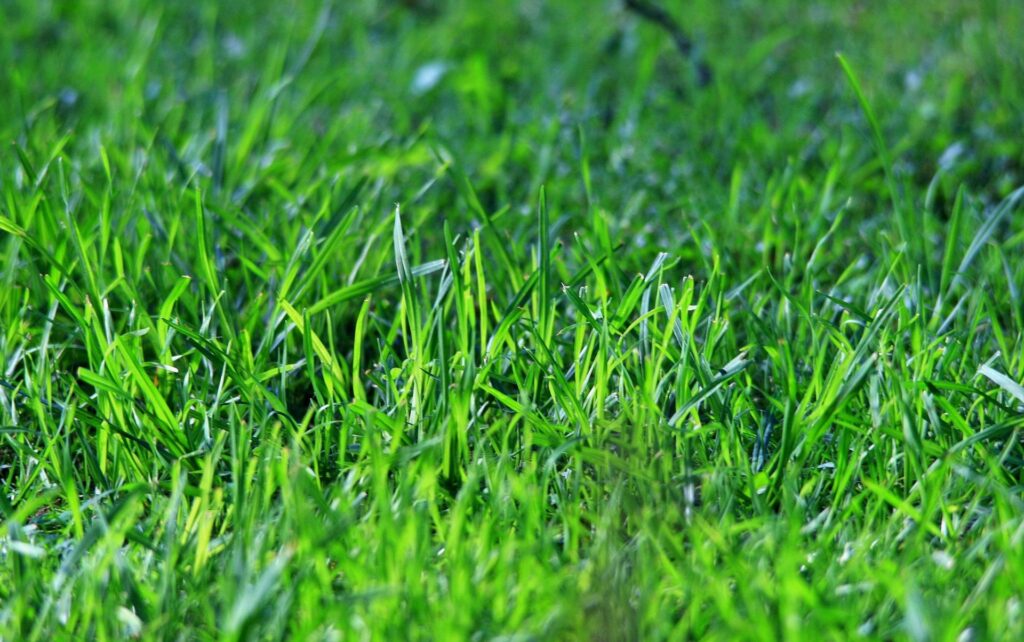
An iron supplement can help the grass look deep green without further growth.
More often than not, the reason behind a yellowing or pale-looking lawn is iron deficiency. Grass needs iron to make chlorophyll, the green pigment that gives the grass blades their green color. Therefore, if your lawn suffers from iron deficiency, your turf will appear pale and yellow. That is why you must provide your grass with an adequate iron supply, especially during the active growth period.
That said, applying iron to soil that is already rich in iron or at the wrong time of the year can do more harm than good. So, keep reading this article, and we will tell you everything you need to know about lawn iron supplementation and how to do it right!
Why Add Iron To Lawn?
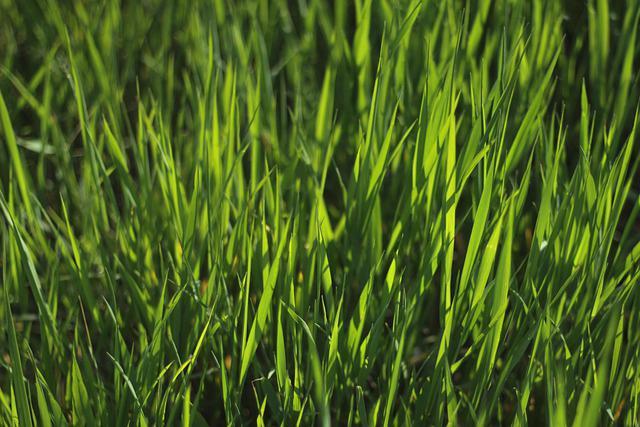
Iron is an important part of healthy grass growth and metabolism.
Iron is one of the most crucial micronutrients for grass growth and development. As already stated, plants, including grass, need iron to synthesize chlorophyll. Chlorophyll is the molecule responsible for supporting nearly all life on earth. It captures the light energy coming from outer space and helps the grass make food from it.
However, that is not all. In addition, chlorophyll is the reason why grass blades appear green. Without iron, grass or any other plant will not be able to synthesize chlorophyll, and when there is no chlorophyll, there is no green color. Besides chlorophyll synthesis, grass also needs iron to move around oxygen through its system.
Simply put, iron is a crucial part of grass metabolism, but that’s not all! Adding iron to your lawn will also improve the grass’s metabolism and make your turf look dark green without any added growth. Thus, instead of using nitrogen to turn your turf green which also increases grass growth, you can use iron.
RELATED: How To Identify and Treat Common Fungal Diseases Of The Lawn | A Comprehensive Guide
When Should I Put Iron On My Lawn?
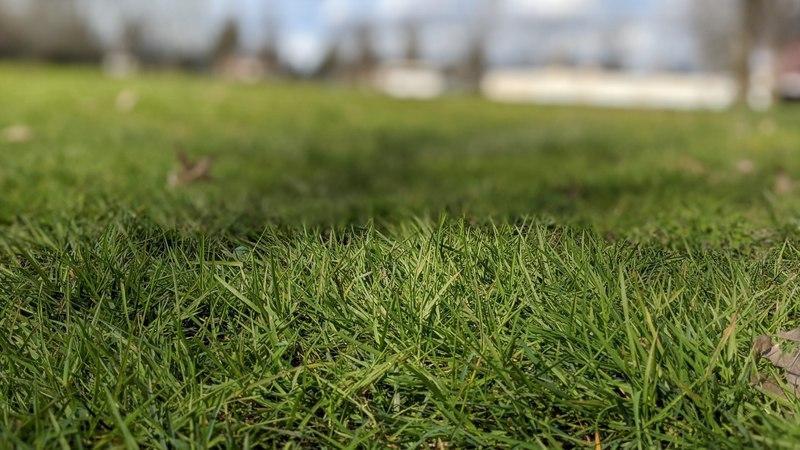
Most experts agree that spring is the best time to apply iron to your lawn.
While you can add iron to your lawn soil at any time of the year, doing it at a proper time will ensure that your grass gets the maximum out of the iron supplementation. For instance, experts suggest adding an iron supplement to your lawn during the spring when the air temperatures (not soil temperatures) are between 60°F to 80°F.
Moreover, you should not apply iron to your lawn in the summer, especially if you grow new grass or the grass is young. Adding iron to the soil when it is too hot will not produce good results and can even burn the new grass blades.
Similarly, winter is also not a good time to add an iron supplement to your lawn. However, iron supplements can be added in the winter if the turf is well-established and in good shape.
Can You Apply Too Much Iron To Lawn?
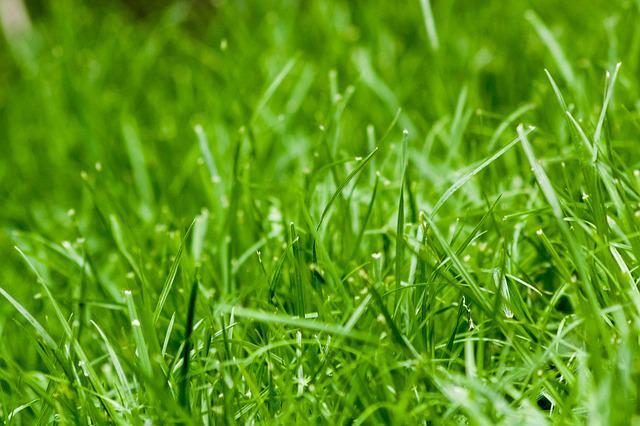
Too much iron can be as harmful to the grass as iron deficiency.
Even though iron is essential for healthy grass growth, grass does not need too much of it. In fact, the grass only absorbs iron in very minute concentrations. So, the first thing you need to do when you see the grass appear pale or turn yellow is not to assume that it is because of iron deficiency, though it is often the case.
We highly recommend getting a soil test before you add an iron supplement to your lawn. It will tell you if your lawn soil lacks iron and how much iron you need to add to your lawn. A lawn soil will also tell you if your lawn is lacking in any other nutrients.
If it is, first make sure that the deficiency of those nutrients is fixed, and if it does not still fix the problem of the grass looking pale, you can add iron. However, in no case should you add too much iron to the lawn soil.Too much iron can cause the pH of your lawn soil to increase, which can damage the grass. In addition, this can result in moss growing on your lawn which no one likes and no one wants.
Types Of Iron Supplements For The Lawn

Milorganite is an organic iron supplement that is more eco-friendly than synthetic iron supplements.
If you visit a market or a gardening store, you will be bombarded with a number of different kinds of iron supplements/fertilizers. However, they can all be classified into two main groups: 1) Organic iron fertilizers and 2) Synthetic iron fertilizers. Each has its pros and cons, which are described in the table given below:
| Organic Iron Fertilizer | Synthetic Iron Fertilizer |
| Not available readily and can be expensive. | Used commonly and are cost-effective. |
| Due to their ” raw” form takes more effort to apply, especially over a large area. | Easy to use even in large areas as they are available in the form of pellets or granules. |
| Generally, there’s no harm if you add excess organic iron fertilizer to your lawn. | If you over-apply or spill excess synthetic iron fertilizer on the lawn, it can cause lawn burns. |
| Concentration of iron can vary from batch to batch. | Iron concentration is extremely precise in every bag. |
| Iron will be released at a rate plant can use. Also, it requires fewer applications. | Iron will be released readily and available for a short time. Requires frequent applications. |
| Promotes healthy soil ecosystems. | Usually contributes very little to the soil ecosystem. |
| Minimal, if any, leaching or runoff. | A significant amount can be lost due to leaching. |
So, depending on your needs and requirements, you can choose between the two. If ease of application and quick results are your thing, you should go with an iron supplement. However, if you want a more eco-friendly and long-lasting solution, organic iron fertilizers are the way to go.
RELATED: What Is Causing Bumps In My Lawn? And How To Get Rid Of Small Dirt Mounds!
Forms Of Iron Supplements For The Lawn
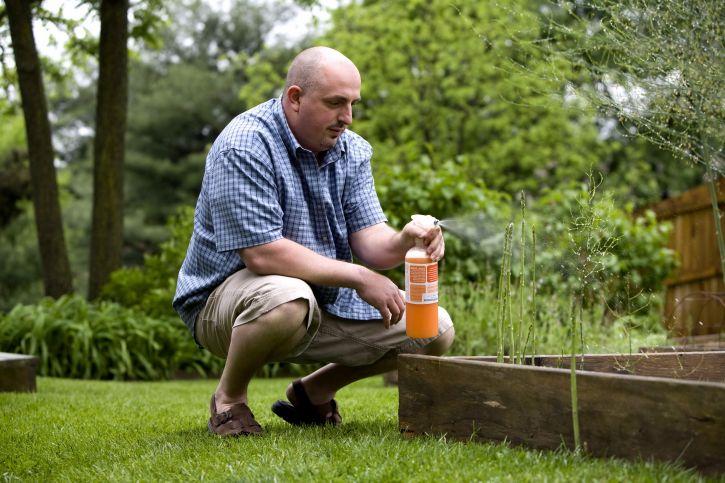
Use liquid iron supplements if you want to see quicker results.
Whether synthetic or organic, iron supplements generally come in two forms: 1) liquid/spray and 2) solid granules/pellets/tablets.
Liquid Iron Supplements
Using liquid iron supplements by directly spraying it on your lawn, you can get better and practical effects on your grass in a short time. Liquid iron spray facilitates foliar feeding by putting the iron directly on the grass blades.
However, do not spray too much liquid iron on your grass. Rather than making your grass green, excess iron can turn it gray.
Solid Iron Supplements
If the liquid spray is not your thing, you can also add iron to your lawn soil in the form of iron tablets, pellets or granules. This type of iron supplement will take longer to work as pellets have to break down, get absorbed in the ground and then by plants.
However, on the plus side, you will not have to supplement your lawn as often. Also, make sure that you water your lawn after using an iron supplement to facilitate absorption.
How To Properly Apply Iron To Your Lawn?
- Get a soil test and see if your soil really is deficient in iron.
- Wear complete protective gear while spraying iron supplements on your lawn.
- If lawn soil has a higher ratio of clay in it, use chelated iron.
- If the lawn soil is acidic, use humic acid along with the iron supplement.
- Avoid adding iron supplements to your lawn during the hot summer months.
Frequently Asked Questions (FAQs)
How often should you put iron on your lawn?
Since every soil is different with a different balance of minerals, the need and the frequency of iron supplementation will vary from place to place. Therefore, we highly recommend that you get a soil test to get an exact idea of your requirements. Generally, however, you can treat your lawn with an iron supplement two to three times a year.
How often can you use iron sulfate on my lawn?
As with any other iron supplement, the frequency with which you need to add iron sulfate to your lawn will vary depending on the iron requirements of your soil. Generally, two to three times a year, adding iron to your lawn is more than enough.
Can you apply iron and fertilizer at the same time?
If your soil is deficient in iron, then yes, you can add iron and fertilizer at the same time to your lawn. However, if the soil has an adequate supply of iron, adding iron along with the fertilizer can do more harm than good. So, beware of that.
Sources For Further Reading
- Iron Applications for Turf – University of Arizona Cooperative Extension
- Iron Chlorosis in Turfgrass – Aggie Horticulture – Texas A&M AgriLife Extension Service
Do you have tips when to apply iron to lawn? Share it with us in the comment section below. Make sure to check out these articles too:
What Is The Best Time To Fertilize Your Lawn, Before or After Rain?
How to Plant Bermuda Grass | Bermuda Grass Growth Stages and Care







